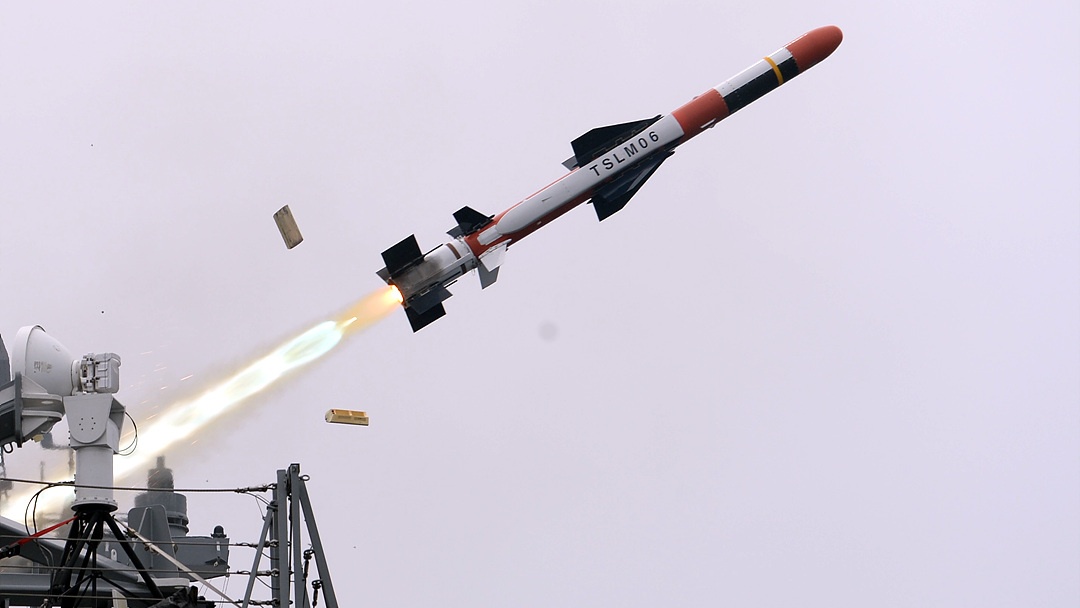South Korea's Defense Acquisition Program Administration (DAPA) on April 18, 2017, for the first time released official information on the establishment of a high-precision ground-based missile in South Korea, called Tactical Surface Launch Missile (TSLM), and representing, as can be judged, the option of the South Korean National anti-ship missile Haeseong (SSM-700K). In a number of South Korean media, the TSLM missile is designated as Haeseong II.

According to DAPA, the TSLM missile was developed in 2011, and from 2016 it is already being deployed on the ships of the Korean Navy (the new frigates of the FFX-I project) in a variant with an inclined start from the "canister" transport and launch canisters with accommodation on standard launch vehicles Haeseong, and now completed the development of the TSLM version for launching from the universal vertical launchers of new South Korean warships. Serial production of this version of the missile will be launched in 2018 with the beginning of receipt for ships in 2019.
Details on the design and characteristics of the TSLM missile are not reported, but it can be understood that it was made on the basis of the Haeseong design, designed and manufactured by the South Korean company LIG Nex1 (part of the LG group), and apparently retained the hull, turbojet engine and range (Up to 200 km) of the base rocket. The guidance system TSLM, apparently, is made by an inertial satellite using GPS correction. According to the release of DAPA, the TSLM missile is equipped with a cassette warhead with cumulative fragmentation elements "striking the area of two fields for American football." From this it can be concluded that the main purpose of the TSLM missile is to defeat the positions of North Korean artillery and missile systems.
The variant of the TSLM missile for launch from the VPU differs from the "canister" missile by the presence of a more powerful launch accelerator equipped with a variable thrust vector.
http://bmpd.livejournal.com/2565945.html










 Isos
Isos





